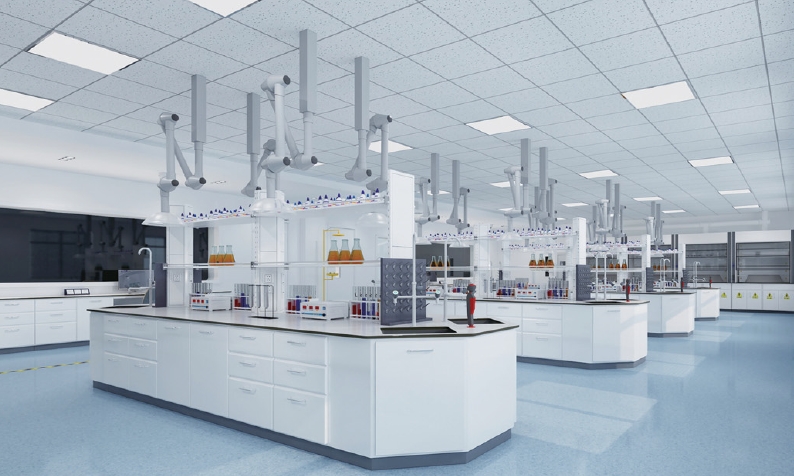Table of Contents
In the world of scientific research and development, maintaining a safe and efficient working environment is paramount. One crucial aspect of this is implementing effective laboratory ventilation systems. These systems play a vital role in ensuring air quality and protecting researchers from harmful substances. In this article, we’ll explore the best practices for creating and maintaining lab ventilation systems that prioritize safety and compliance.
The Importance of Proper Laboratory Ventilation
Laboratory ventilation is more than just moving air around – it’s a complex system designed to protect personnel, equipment, and experiments. A well-designed ventilation system:
- Removes hazardous fumes and particulates
- Maintains consistent temperature and humidity levels
- Prevents cross-contamination between different lab areas
- Ensures compliance with safety regulations
Failing to implement proper ventilation can lead to serious health risks, compromised experiments, and potential legal issues.
Key Components of an Effective Lab Ventilation System
Fume Hoods
At the heart of many laboratory ventilation systems are fume hoods. These localized fume extraction devices are essential for handling volatile or hazardous materials. When selecting fume hoods:
- Choose hoods with appropriate face velocity (typically 80-120 fpm)
- Ensure proper installation and regular maintenance
- Train staff on correct usage and safety protocols
General Exhaust Systems
While fume hoods handle localized ventilation, general exhaust systems maintain overall air quality in the lab. Consider:
- Implementing a balanced air supply and exhaust system
- Using variable air volume (VAV) systems for energy efficiency
- Regularly cleaning and inspecting ductwork
Air Filtration
High-efficiency particulate air (HEPA) filters are crucial for removing microscopic particles from the air. Implement a regular replacement schedule to maintain optimal filtration.
Best Practices for Lab Ventilation Management
Conduct Regular Assessments: Perform routine checks of your ventilation system’s performance, including airflow measurements and containment testing.
Implement a Preventive Maintenance Program: Regular maintenance can prevent costly breakdowns and ensure consistent air quality.
Train Staff Thoroughly: Ensure all lab personnel understand the importance of proper ventilation and know how to use the equipment correctly.
Stay Up-to-Date with Regulations: Keep abreast of local and national guidelines for laboratory ventilation to ensure ongoing compliance.
Consider Energy Efficiency: Look for ways to optimize your ventilation system’s energy use without compromising safety or performance.
The Role of Technology in Modern Lab Ventilation
Advancements in technology have revolutionized laboratory ventilation systems. Consider incorporating:
- Smart sensors for real-time air quality monitoring
- Automated control systems for optimized performance
- Data logging and analysis tools for ongoing system improvement
Conclusion
Implementing an effective laboratory ventilation system is crucial for maintaining a safe and productive research environment. By focusing on key components like fume hoods and general exhaust systems, following best practices, and leveraging modern technology, labs can ensure optimal air quality and fume extraction. Remember, a well-designed ventilation system not only protects your team but also contributes to the success and reliability of your research outcomes.
By prioritizing ventilation in your laboratory design and management, you’re investing in the safety, compliance, and success of your scientific endeavors. Stay informed, stay compliant, and breathe easy knowing your lab is well-ventilated and ready for groundbreaking discoveries.




